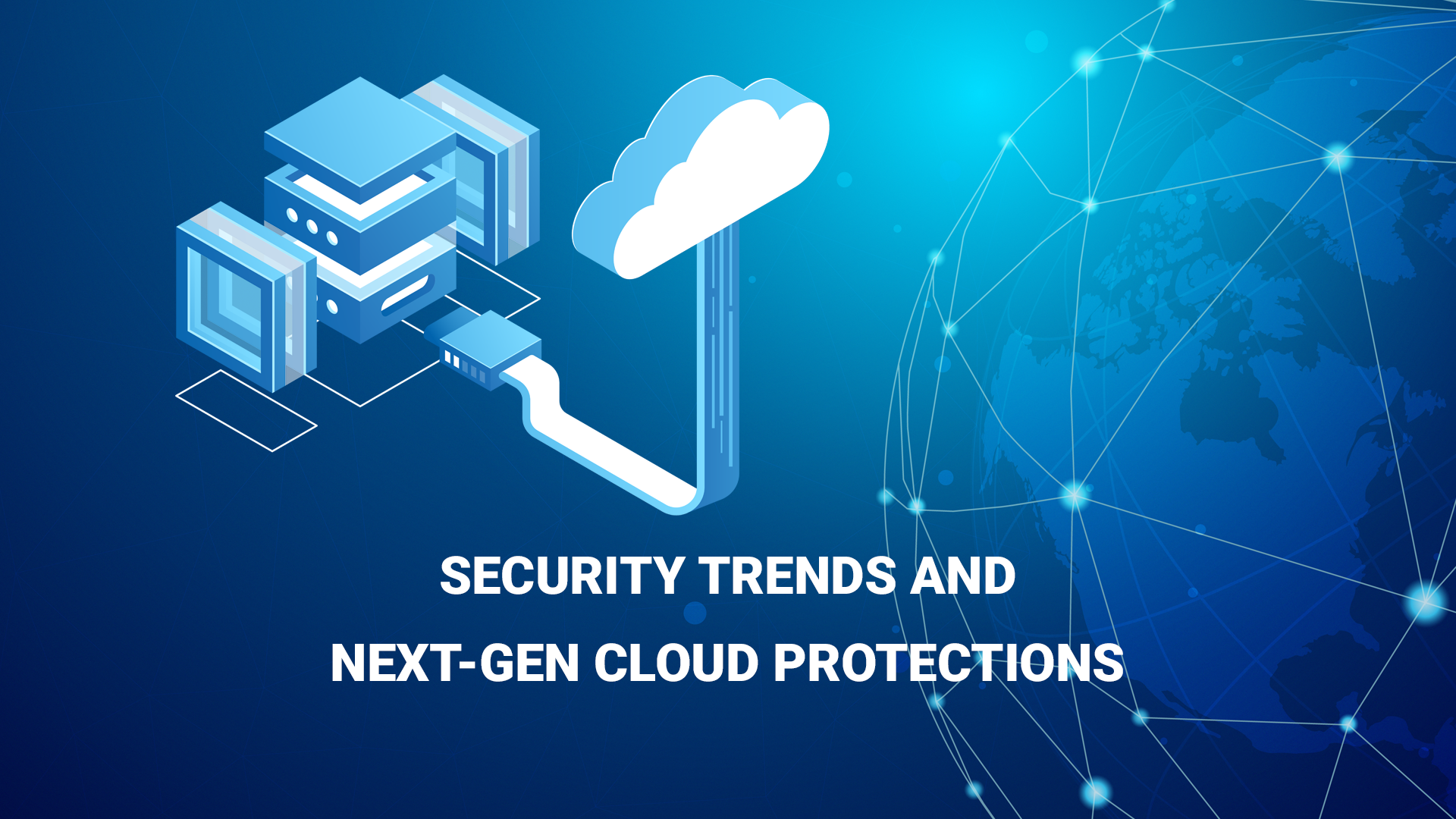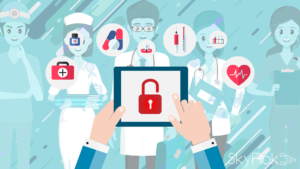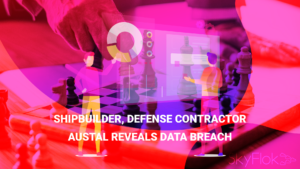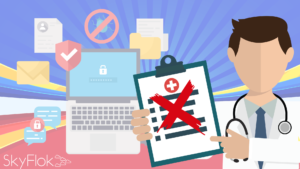The year 2019 will be the year where organizations increase focus on securing applications, data, and identity.
Stay up to date with the newest cloud technologies and protect your important files with SkyFlok. SkyFlok is the next generation of cloud storage and sharing service for people who care about data protection. It’s privacy designed to store and share files across the globe! Join us!
As more companies strive to improve application security, protect sensitive data, harden endpoints, and move to hybrid cloud, it’s time to consider the broad range of cybersecurity concerns facing companies in the upcoming New Year. Take, for instance, Next-Gen Cloud Protection which focuses on three key components: applications, data, and identity. All three components are present regardless of the adoption of public, private, or hybrid cloud. Next-gen is becoming an overused term in technology circles. What does it mean? The intent behind Next-gen is simple; out with the old, in with the new. Firewalls, datacenters, and cloud protection – all headed towards the same destination; replace what you have with what is next and considered better.
In recent years, organizations have become comfortable with the term Cloud Access Security Broker (CASB) to protect cloud applications and data. Two emerging technologies aim to muddy the waters in 2019. Cloud Security Posture Management (CSPM) and Cloud Workload Protection Platform (CWPP), while not entirely new to the market, are confusing. CASB does all the above right? Unfortunately, it isn’t that straightforward. CASB and CSPM both have compliance scanning capabilities, but the difference is that CASB is looking at Access Management and Data Security, where CSPM is looking more at Configuration and Vulnerability Management. CASB focuses on Software as a Service (SaaS) where CSPM is focused primarily on Infrastructure as a Service (IaaS). CWPP satisfies the hybrid cloud aspects of protecting SaaS and IaaS workloads through securing containers via security first initiatives like isolation, application control, automation, and vulnerability management in the Continuous Integration/Continuous Delivery (CI/CD) pipeline. Understanding where each technology fits will help organizations in 2019 make the best acquisitions by clearly knowing how to solve the business problem.
Businesses are rapidly adopting cloud services and mobile devices, which are causing security leaders to move away from legacy on-premise anti-virus vendors. The future bodes well for next-gen cloud security providers that focus on AI-based threat protection, network protection, and SaaS-based endpoint security. The question on many people’s minds is why? When a workforce is mobile, and more applications are heading towards SaaS, thick perimeter security is not realistic. The days of requiring an employee to VPN to access all company applications, data, and email is considered archaic. Information technology needs to keep up with the business, not the other way around. Take, for instance, mobile devices. Most workers are uncomfortable with carrying two mobile devices, one personal and one business. To solve the dual device problem, businesses started allowing employees to Bring Your Own Device (BYOD). The solution introduced its own set of problems. How do you keep personal applications, data, and identity separate from the business versions? Enter next-gen cloud security. Plan on 2019 continuing investments in corporate mobile threat defense, network threat protection, and AI-based endpoint detection and response.
Many organizations are pulling back confidential databases from the cloud due to privacy concerns and the mounting costs of protecting in-memory data. Security leaders are grappling with how to implement effective strategies for hybrid cloud security. Early on, the cloud filled the role of the elastic service we were all looking to consume. Dynamically scaling up and scaling back gave organizations a great deal of flexibility. Somewhere along the way, information technology professionals decided that maybe everything belongs in the cloud. The cloud provider invoices quickly changed the tune when finance did the math and noticed that in some instances, IT was spending 3-4 times what they were before moving to the cloud. Ever hear the horror story of the cloud instance that was left running over the weekend and maxed the corporate credit card? Investments in a more balanced approach known as hybrid cloud will continue through 2019. A good best practice will be to keep the dynamic part of your application, often the web and in some cases app tier, in the cloud. The database, especially if it is memory intensive, may be better off in your data center for performance, cost and security reasons. Applications or databases running in the cloud do not automatically make them more secure. Many of the security concerns such as confidentiality, integrity, and availability exist – regardless of the type of cloud. No one size fits all approach exists for everyone, and you can expect your mileage to vary based on requirements.
The year 2019 will be the year where organizations increase focus on securing applications, data, and identity. Application security needs to start with the development of the application. Secure coding practices, vulnerability management, and automated configuration management are specific best practices that need to be adopted early. Data Security both on-prem and in the cloud can be addressed by a staggering number of solutions. The real trick is understanding which solution provides the problem-solving goodness to meet your success criteria. Make sure you understand three simple steps when it comes to data; who has access to what, what are they doing with that access, and should they have the access they have. Plan on conducting sensitive data discovery as well as re-certification reviews. Endpoint security is in the middle of a renaissance. Many anti-virus household names are under fire and will continue to erode unless they adopt a similar model and features to that of next-gen players. Understand your appetite for risk before making any decisions. The question you need to ask yourself is, are you comfortable with signature-based antivirus or would you rather expand into next-gen behavior and pattern-based protection? Cloud can be expensive but is also very reliable for service level focused applications and workloads. Examine what an application costs to run today and what it would cost tomorrow under a hybrid model. Cost isn’t the only factor, but it does resonate with the business when most of what information technology supports is considered a cost center, not directly revenue generating. Remember, just because you can put something in the cloud, doesn’t mean that you should.







